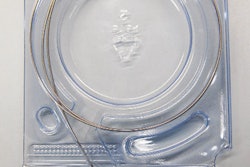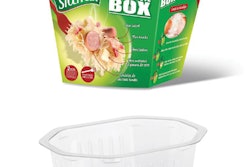What is going to drive this change? First, healthcare must focus on chronic conditions as the single biggest opportunity to reduce the overall cost of services. Second, cost containment based on drug delivery performance to the pharmacy and patient will be necessary to help reduce the cost of healthcare delivery.
Better treatment of chronic conditions is the area that offers the largest opportunity to reduce costs and improve outcomes. Typical chronic conditions include hypertension (high blood pressure), diabetes, arthritis, cancer, stroke, and Alzheimer’s disease to name a few. Each of these conditions requires continued treatment over many years. Compliance (or adherence) to a prescribed drug regimen is critical to maintain a person’s quality of life. If we begin to change our healthcare delivery and place more emphasis on treating chronic conditions, we can significantly reduce the cost of healthcare.
How will this happen? Today we concentrate on when a condition becomes acute and requires hospitalization or constant care from a healthcare provider. By better treating chronic conditions we can significantly reduce the number of physician visits and hospitalizations. This will drop the overall cost of healthcare while improving the quality of life for those suffering from these diseases. This will be extremely important as our population ages and the baby boomers become eligible for Medicare.
What does this mean for packaging? It means the way we package and deliver drugs to the patient must undergo wholesale change. Packaging must focus on a number of areas that can affect healthcare costs and improve compliance for the patient.
A good example is tablets delivered in high-volume bottles that are divided by the pharmacist for delivery to the patient. If earlier in the supply chain those drugs were packaged in quantities that patients typically require, the task performed by the pharmacist could be eliminated. This would reduce cost.
Second, simplified delivery that makes it easy for the patient is a must. Today, dispensing of medications individually makes taking medication difficult for anyone with multiple chronic conditions. Many of you have elderly parents or grandparents that require multiple medications. How often do you see them keep all of the medications on the kitchen counter, and how often when you ask them if they’ve taken their medication have you seen them dump the pills from a bottle and count them to determine if they took them?
Improved packaging that bundles all of the medications needed by one suffering multiple chronic conditions into a simple pouch or blister that plainly states when to take the medication will be a big step forward in eliminating confusion and simplifying medication. Adding audible or visible features (picture a blinking light in a common room of the home) to packaging to remind people when to take their medications would be another step forward. Adding the ability of the package to communicate with the doctor or pharmacist and track how well the patient adheres to their medication schedule would also greatly improve outcomes.
Cost containment, possibly driven by regulations, along with an elderly population needing help to improve compliance and improve their quality of life, is going to drive huge packaging changes. Think of the things that will be required along with the need to develop packaging systems that can deliver multiple drugs customized to the patient. “The Times they are a Changing” is going to be a popular refrain for the next few years in pharmaceutical packaging.


























